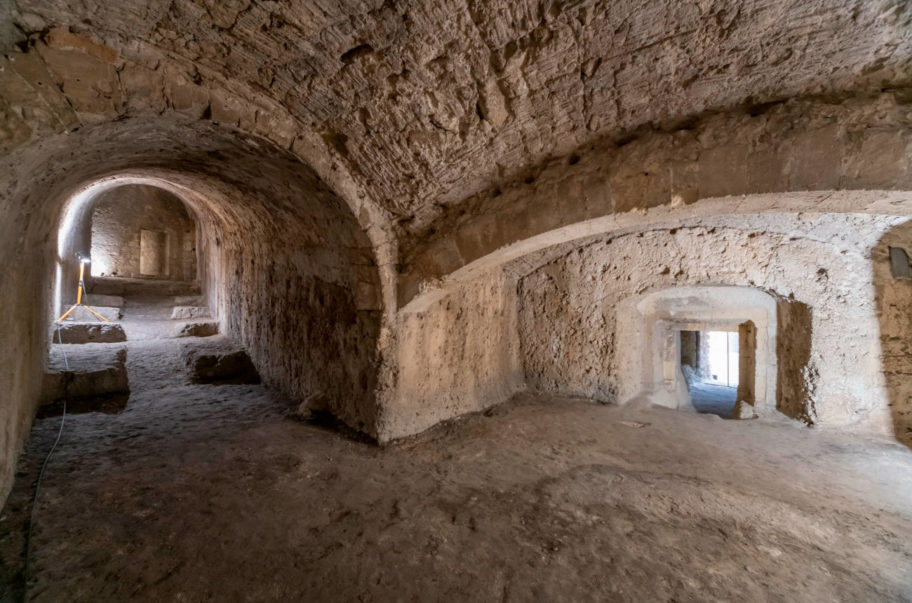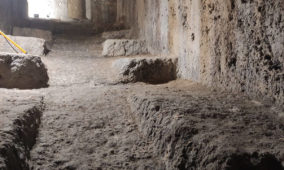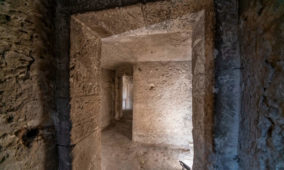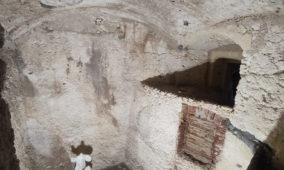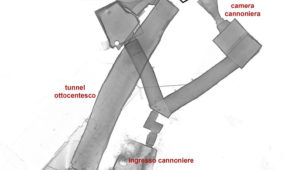Corpo Pagina
The sixteenth-century cannoniere (tunnels dug into the rock, where the cannons were placed and the shots were fired) are one of the newly acquired spaces of the National Museums of Cagliari.
The cannoniere run under the Archaeological Museum and the Art Gallery emerging into the spaces now used by the State Police. Built in the first half of the 16th century, the two cannoniere are the work of the Cremonese architect Rocco Cappellino, responsible for the first drawing of the fortified system which can still be read in the Cittadella dei Musei.
Later, the more expert Giorgio Palearo Fratino, from Ticino, intervened on the defensive system and in 1573 expanded the design of the perimeter walls, preserving the system of cannoniere.
Finally, around 1820, Count Boyl, director of the Royal Arsenal, commissioned the excavation of the connecting tunnel, which intercepts part of the sixteenth-century cannoniere.
The space between the walls of Cappellino and Palearo Fratino is the one today occupied by the Archaeological Museum, the Art Gallery and the Regional Ethnographic Museum of the Luigi Cocco collection of the ISRE Istituto Superiore Regionale Etnografico (Higher Regional Ethnographic Institute).
